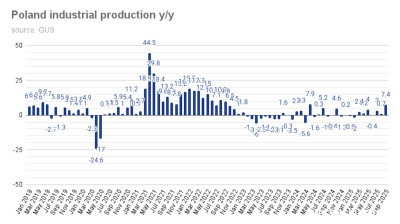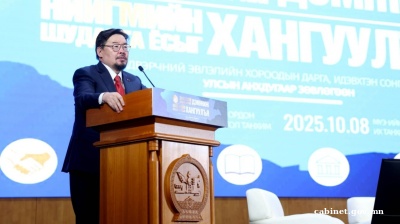Russia’s Ministry of Economy has released a fresh forecast for 2019-2022. The ministry said there will be no V-shaped recovery: after a 5% plunge in 2020, real GDP will only recover starting in mid-2022. The Ministry of Economy predicts GDP growth of 2.8% in 2021 and 3% in 2022.
The Urals price stays below the base budget price of $42, at which point the Russian budget breaks even. Urals will average $31.1 per barrel this year, rising to $35.4 in 2021 and only in 2022 will it return to the breakeven price of $42.2 when Russia Inc. goes back into profit.
That means the Ministry of Finance will rely on the National Welfare Fund (NWF) to top up budget spending until 2023. Currently there are some RUB9 trillion ($130bn) of liquid assets in the NWF. With an estimated RUB3 trillion shortfall in budget revenues forecast for this year there is therefore enough in the NWF to cover at least another three years of deficits.
The ministry also says the ruble will remain relatively strong over the period. The ruble was trading at an average rate of RUB64.7 to the dollar in 2019 before the start of the oil price shock and the coronacrisis, but sank to a low of RUB80 in the bowl of the panic that followed. It has since recovered to break below RUB70 again in the first weeks of June. The Ministry of Economy predicts that the FX RUB/$ rate will average RUB72.6 to the dollar this year. After that the rate will go to RUB74.7 ad RUB73.3 in 2021 and 2022 respectively.
Real incomes will decline 3.5% in 2020 after growing for the first time in six years by an average of 2.9% in 2019. But real wage growth will recover next year, up by 3.1% and 2% in 2021 and 2022 respectively.
At the same time, unemployment will remain at an elevated level of 5.7% this year, up from 4.6% in 2019, before diminishing slowly over the next two years to 5.4% and then 4.9% respectively.
The fall in oil prices will also put pressure on the balance of payments, but those will remain positive throughout. Russia ran a $65bn trade surplus in 2019 that will fall to a mere $9bn this year, before recovering very slowly to $10bn and $27bn over the next two years.
The current account is also expected to half this year to $45bn but the Ministry of Economy offered no forecast on this number. Opinion is divided amongst analysts on what will happen to the current account. The Central Bank of Russia (CBR) said last month that the current account may go negative for the first time in a decade this year after oil prices fell to c.$25; however, more recently analysts at BCS Global Markets predict that Russia will earn $45bn this year, after oil prices recovered surprisingly quickly.
Among the other predictions the Ministry of Economy estimates that inflation at the end of the year will go from 3% in 2019 to 4% this year and stay at that level for the next two years – at the CBR’s target rate.
Amongst the more depressing forecasts is for investment to shrink by 12% this year from the meagre 1.7% growth in 2019, but that it will recover to 4.9% and 5.6% in 2021 and 2022 respectively. The low level of inflation is the bugbear in Russia’s otherwise strong macro-fundamentals picture. The level of investment is equivalent to 20.6% of GDP in 2019, 20.1% in 2020, 20.7% in 2021 and 21.1% in 2022, but economists say that investment needs to rise above 25% per year if Russia is to break out of its current cycle of stagnation.
Data
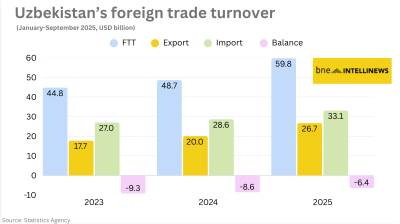
Uzbekistan’s nine-month foreign trade nears $60bn
Export growth of 33% and import expansion of 16% y/y produce $6.4bn deficit.

Hungary’s central bank leaves rates unchanged
National Bank of Hungary expects inflation to fall back into the tolerance band by early 2026, with the 3% target sustainably achievable in early 2027 under the current strict policy settings.
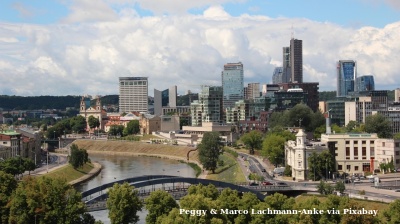
Germany slowdown weighs on Lithuania’s export-driven manufacturing sector
Lithuania’s economy remains highly sensitive to the industrial cycle in Germany, its third largest trade partner.
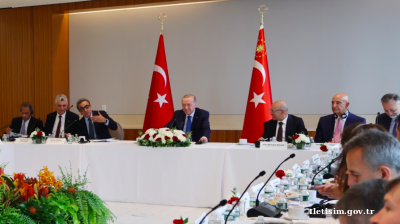
Chobani yoghurt king Hamdi Ulukaya becomes richest Turk
Knocks Murat Ulker into second place in Forbes ranking as his company's valuation leaps to $20bn.
